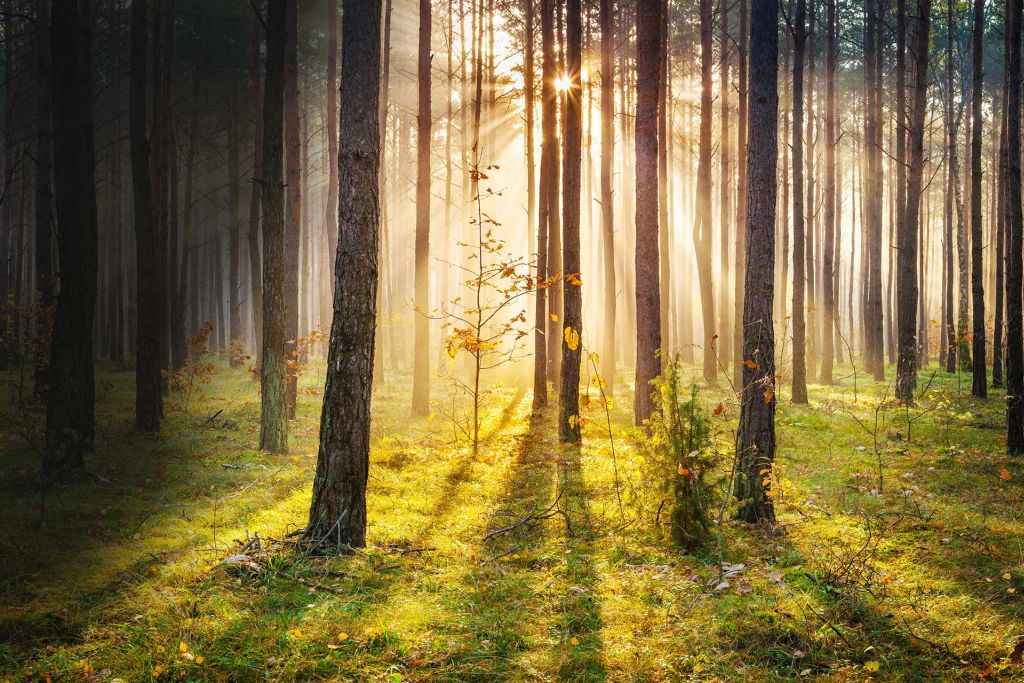



Perched on a hill at a height of over a thousand metres, Anzi stands with all its bare rock cyclopic mass.
A cohesive nest of houses, some blackened by time, leaning against each other almost supporting each other in a joint of all the steep roads, on the rock ridge which is the background, base and frame for the landscape. Observing from the top of the village the slopes dotted with ledge gets the impression of announcing fantastic battlefields in which the titans fought choosing huge boulders. At the top of the village the remains of a castle dominate, symbol and testimony of past times that must have lived moments of splendor. Even today, in the territory of Anzi there is a district called "Laraia", where you will find numerous and interesting materials from the pre-Roman era: cenotaphs, idols, weapons, vases sicilian histrates, terracotta and bronzes with clear indications of their obscene origin, as well as the presence of ancient ruins and walls.
The Bozza, in his study on Lucania, attests that in the countryside of Anzi was discovered around 1797, among other precious "antiquities", an important inscription in the Oscan language with Greek characters, where it was written a public provision on the cast burial in the sepulchre of the Anziati, called Einca, the Oscan Eincia, from where it derived Einsia, Anxia, and Ansi. Here we are at the top of Mount Siri, of the Arabic 'Sirr, (Nzrr) in 1067 m.t. at sea level. Here, as it is reported in the Gothic style portal dating from 1525, it is located the chapel of S.Maria del Rosario or S.Maria della Seta named after the old ones.
